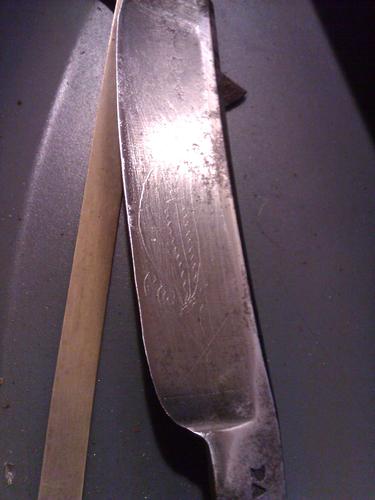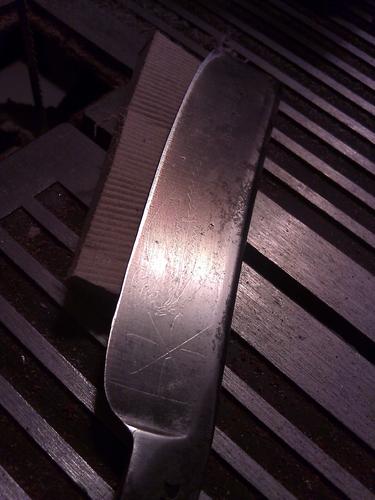Results 1 to 4 of 4
Thread: Packwood engraving
Threaded View
-
11-20-2013, 12:28 PM #1
 Packwood engraving
Packwood engraving
I'm having a Packwood razor restored and the restorer noticed an etching on the blade which he has identified as potentially "a thistle and a cross". I am wondering if 1) anyone has seen anything like this, 2) if so, what it might signify (above and beyond a previous owner's affectation).
thanks




 LinkBack URL
LinkBack URL About LinkBacks
About LinkBacks






 Reply With Quote
Reply With Quote